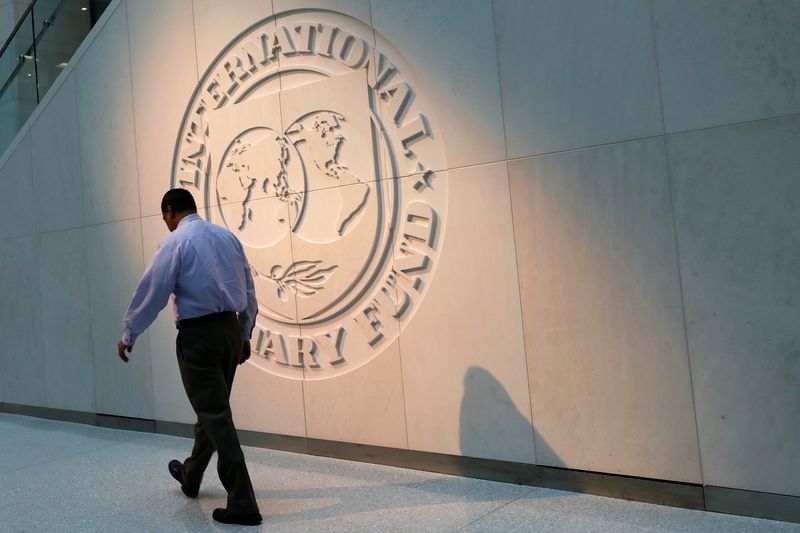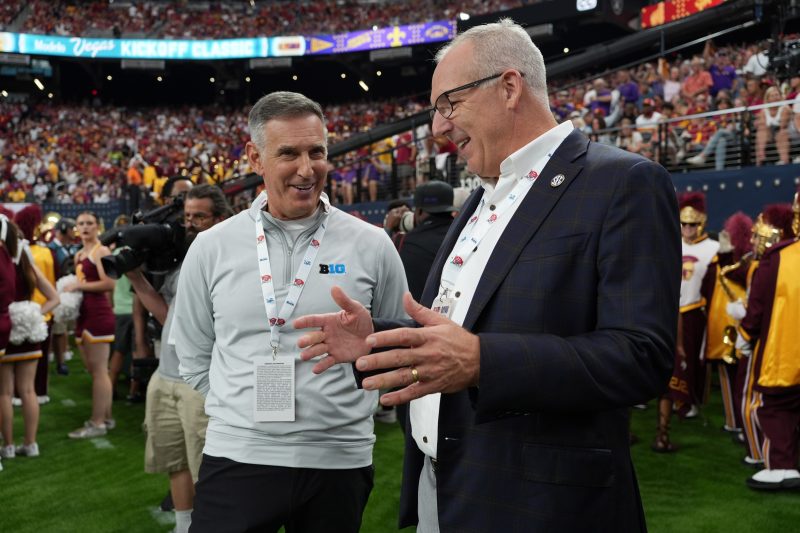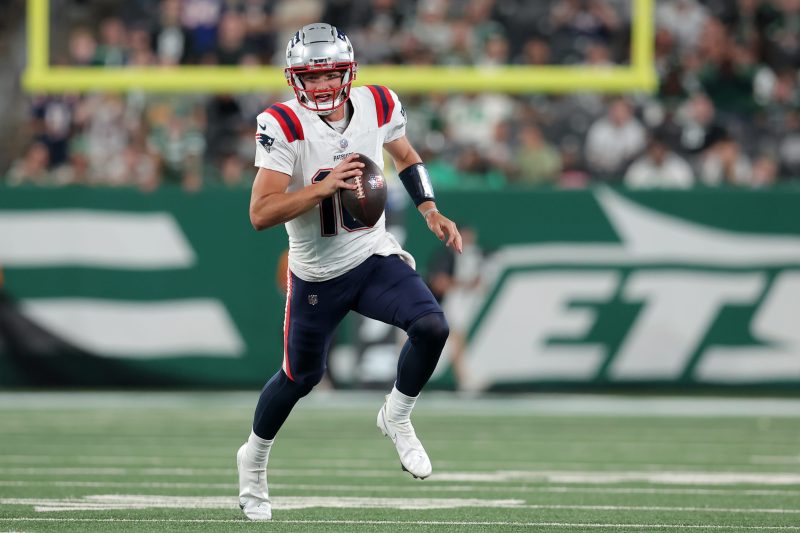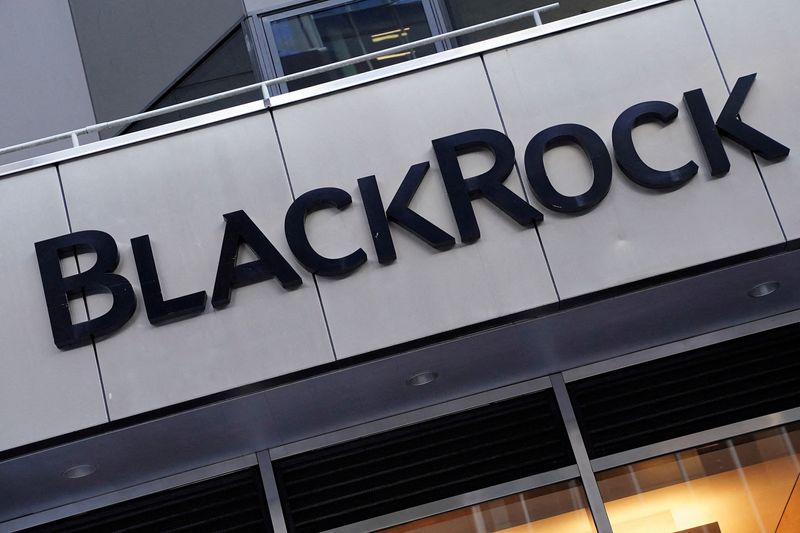Big US banks say consumers are still strong, despite economy fears
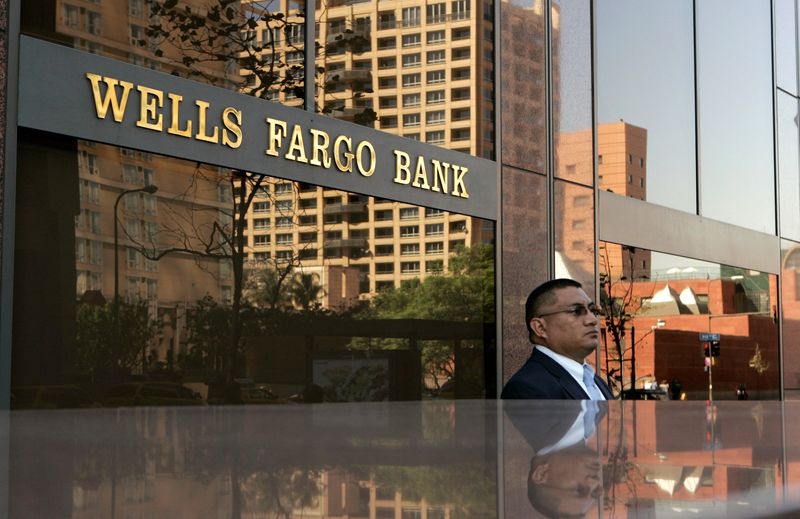
NEW YORK (Reuters) – U.S. consumers remain resilient with solid spending in the third quarter, two of the country’s biggest lenders said on Friday, although there are signs higher inflation has stretched some Americans on lower incomes.
Strong earnings from JPMorgan Chase (NYSE:JPM) and Wells Fargo and upbeat comments from their top executives should further ease investor worries that elevated borrowing costs were weighing on consumers and pushing the economy to the cusp of a downturn, even as JPMorgan hiked provisions for soured loans.
“Overall, we see the spending patterns as being sort of solid,” said Jeremy Barnum, chief financial officer of JPMorgan, the country’s largest lender and a bellwether for the U.S. economy, adding spending had normalized from a post-pandemic bounce when Americans splurged on travel and eating out.
Weakening job market data had sparked concerns that Federal Reserve rate hikes aimed at taming inflation may tip the United States into a recession or “hard landing.”
But speaking to analysts, Barnum said spending patterns were “consistent with the narrative that consumers are on solid footing and consistent with a strong labor market and the current central case of a kind of ‘no-landing’ scenario economically.”
Speaking to reporters, Wells Fargo chief financial officer Michael Santomassimo said spending on credit and debit cards, while down a little from earlier this year, was still “quite solid.”
The market will get a fuller picture when Bank of America and Citigroup, the country’s other two major consumer banks, report next week and retail sales data is released. Several investors said Friday’s earnings were so far a positive sign.
“The fact that … not only are we averting a hard landing, there might even be a chance that there’s no landing, and that we’re able to continue to push forward is definitely going to be a big windfall for banks,” said Taylor Krystkowiak, vice president and investment strategist at Themes ETFs.
Still, Santomassimo warned that the cumulative impact of higher inflation was stretching lower-income consumers and the bank was watching to see if that pattern spread to higher income customers.
Consumer sentiment also slipped in October amid lingering frustration over high prices, a University of Michigan survey showed on Friday.
“When you look at the overall average it looks good, but I think it’s being skewed more by the higher income, higher net worth consumer,” said Paul Nolte, senior wealth advisor and market strategist for Murphy & Sylvest in Elmhurst, Illinois.
“For those around the lower end, it’s been a little bit tougher. We’re seeing delinquencies and car loans pick up. We’re seeing smaller deposits, more credit card balances,” he added.
Both banks set aside cash to cover potential soured loans. JPMorgan set aside $3.11 billion, a jump on the $1.38 billion it put aside a year ago. Wells Fargo, meanwhile, set aside $1.07 billion, down slightly from the $1.2 billion it provisioned this time last year.
More than decade-high credit card delinquencies had also stoked fears earlier this year that Americans were becoming over-stretched, but that picture improved in the second quarter, the Federal Reserve Bank of Philadelphia said on Wednesday.
Impaired borrowing between one month and longer horizons marked its biggest retreat in three years, although it would be premature to declare a turning point for credit performance, the Philadelphia Fed said.
In a note on Thursday, analysts at Barclays said they expected to see “continued normalization of credit card loan losses, but at a slower pace than in previous months.”


